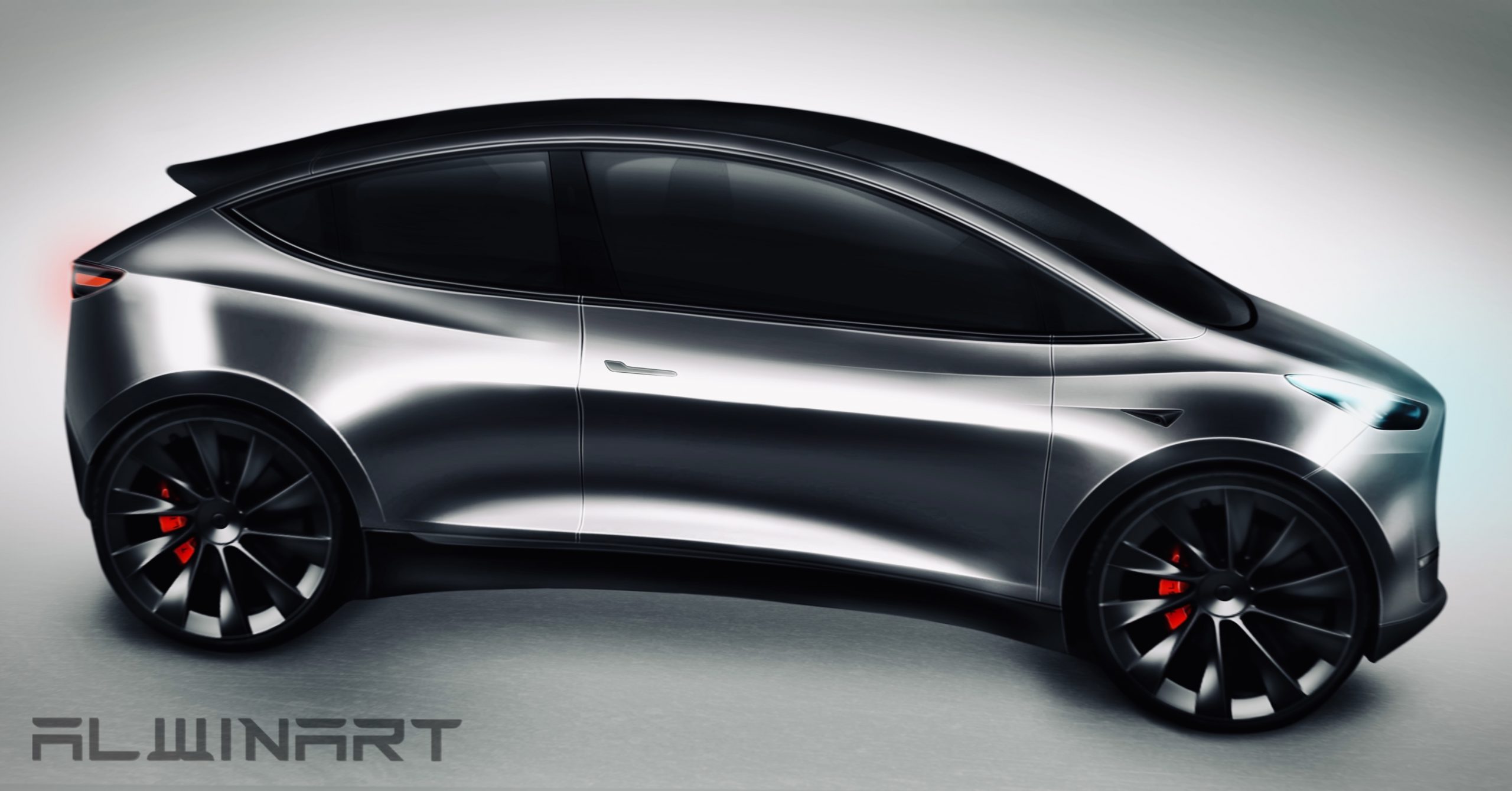Surely there is room for efficiency, not only with 48V in the LV System, but also in the HV System. I just dont think this will be a such meaningful change that we see a difference in power to the road. When we compare the Battery Power (calculated) sensor and the combined Inverter Power (calculated) sensors these numbers are pretty close together. Then, when you accelerate, you dont notice the difference between 420kW on the first run and 415kW on the second. Though gaining 5kW in efficiency under load, would be a great improvement.
Only the "Insanse" mode puzzles me, as I just dont know what this mode is supposed to improve over sport. The only logical explanation to me is a reduction of sport mode to a power that can levelled at 300kW or 320kW with variable current to adapt for variable voltage, like in Chill Mode, which is always 160kW, no matter the SOC or Temp. Again...just guessing ATM.



